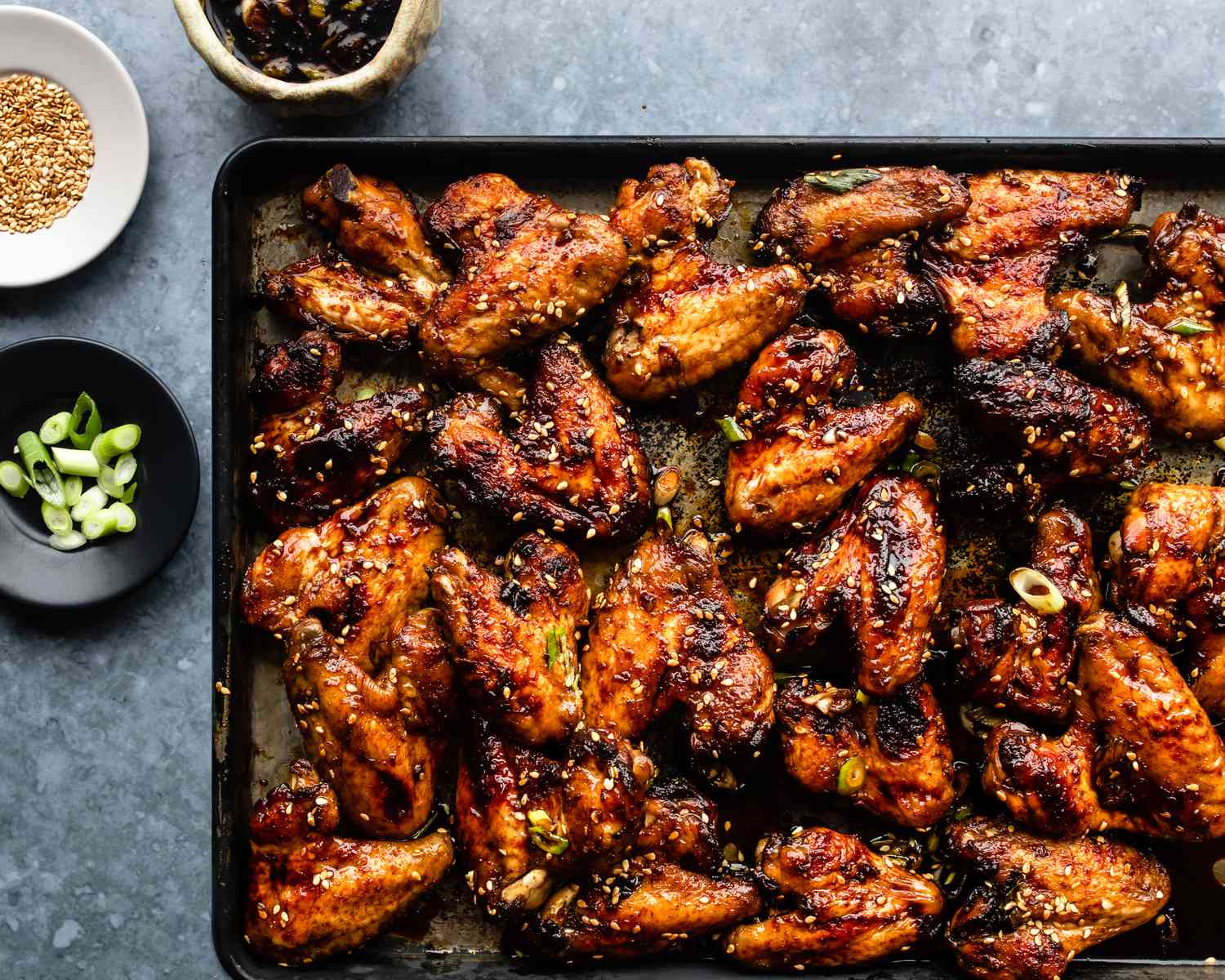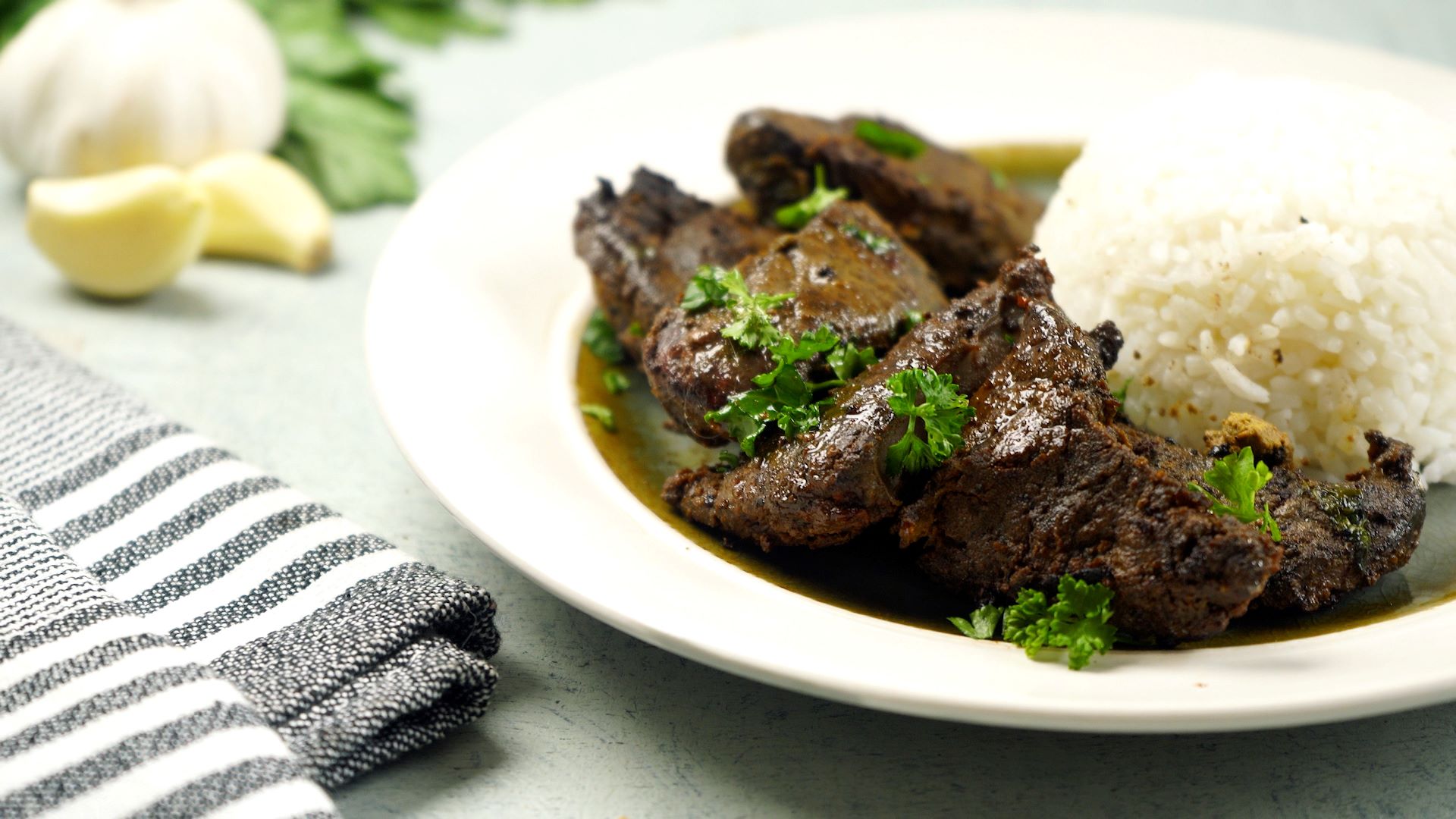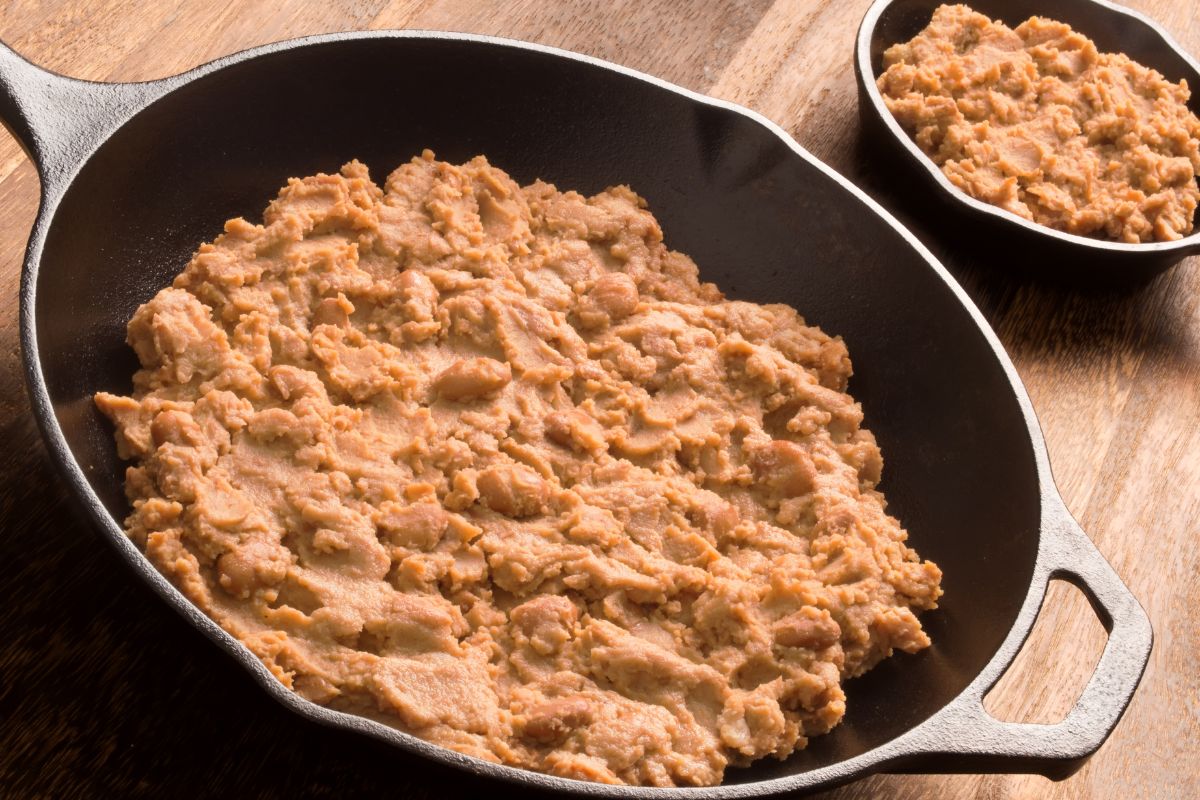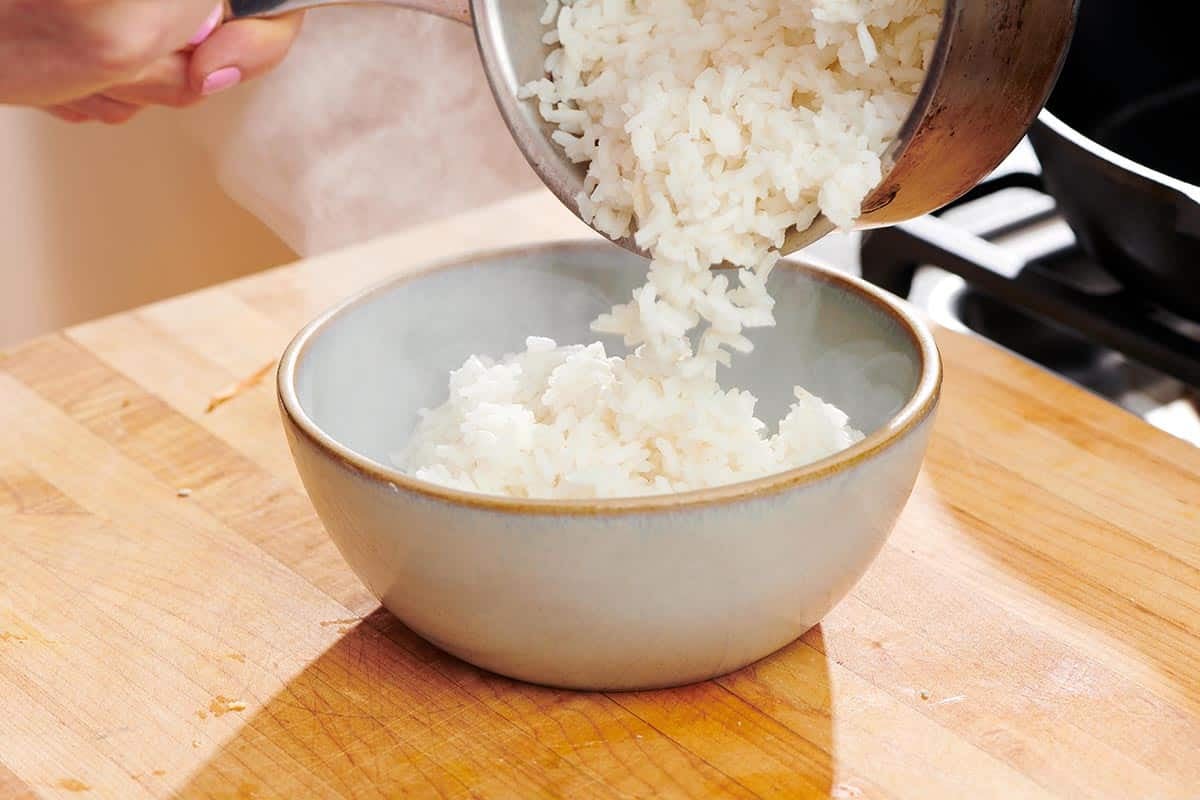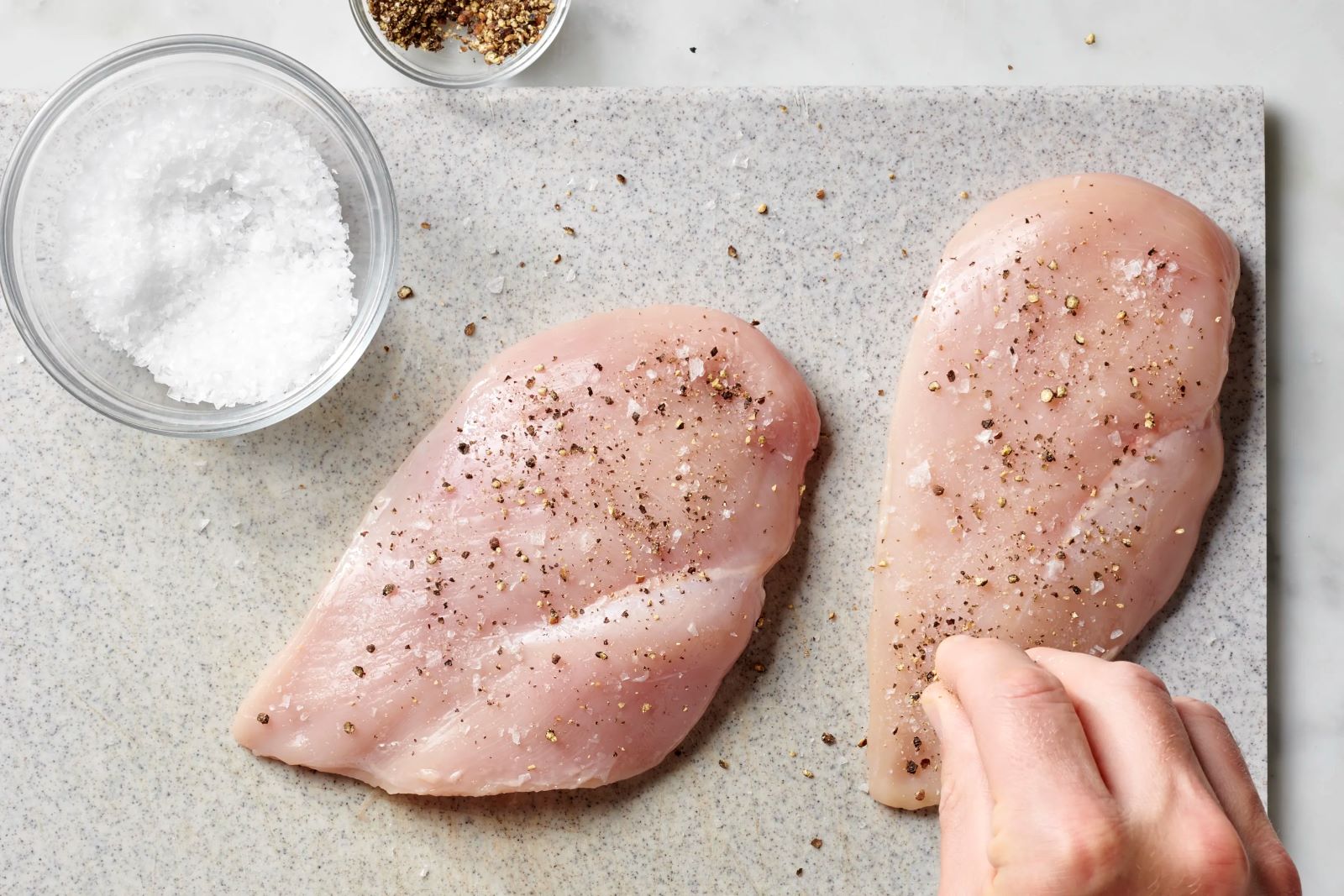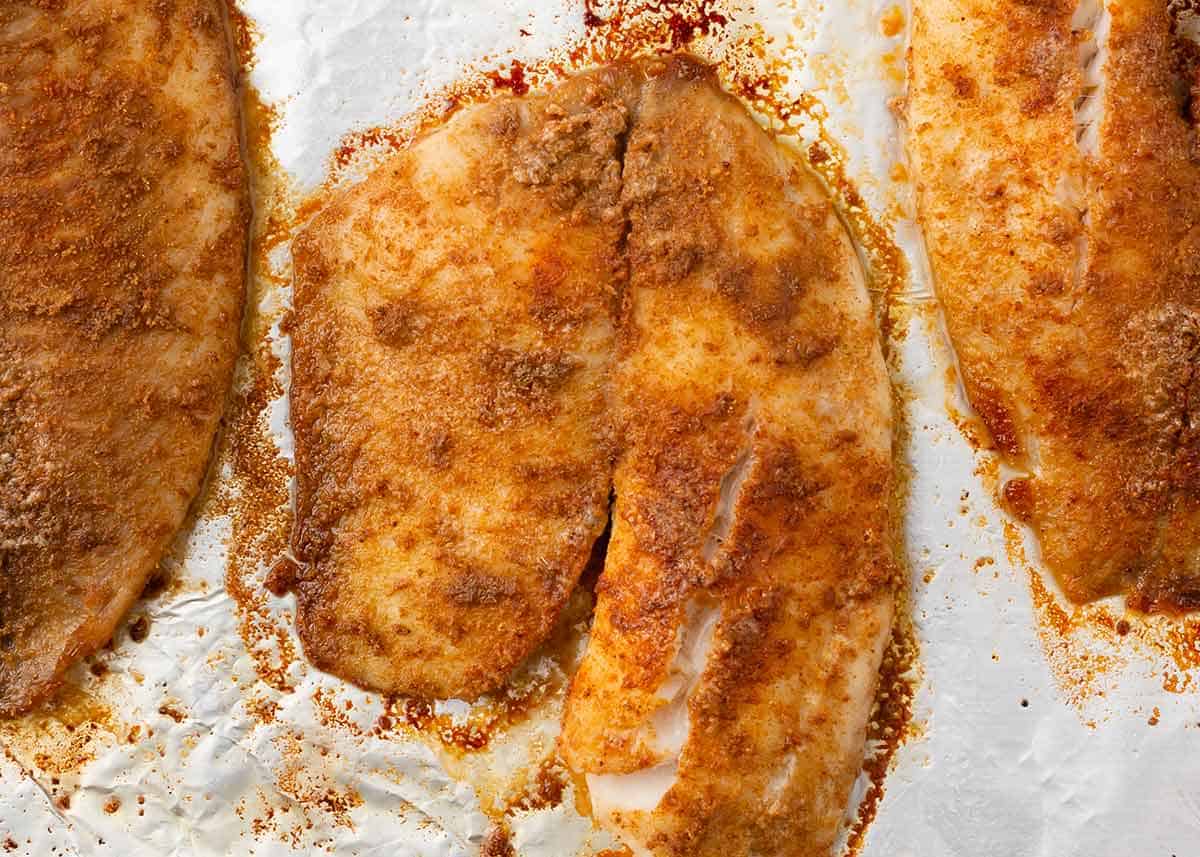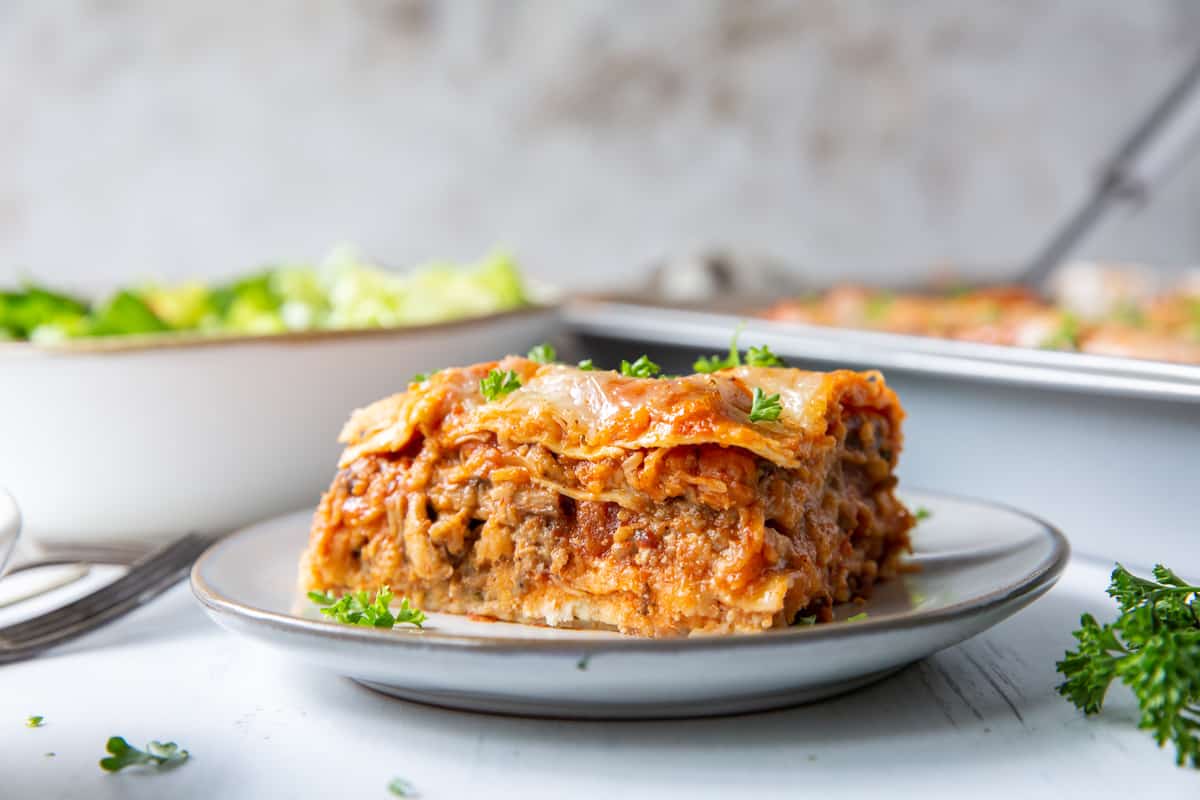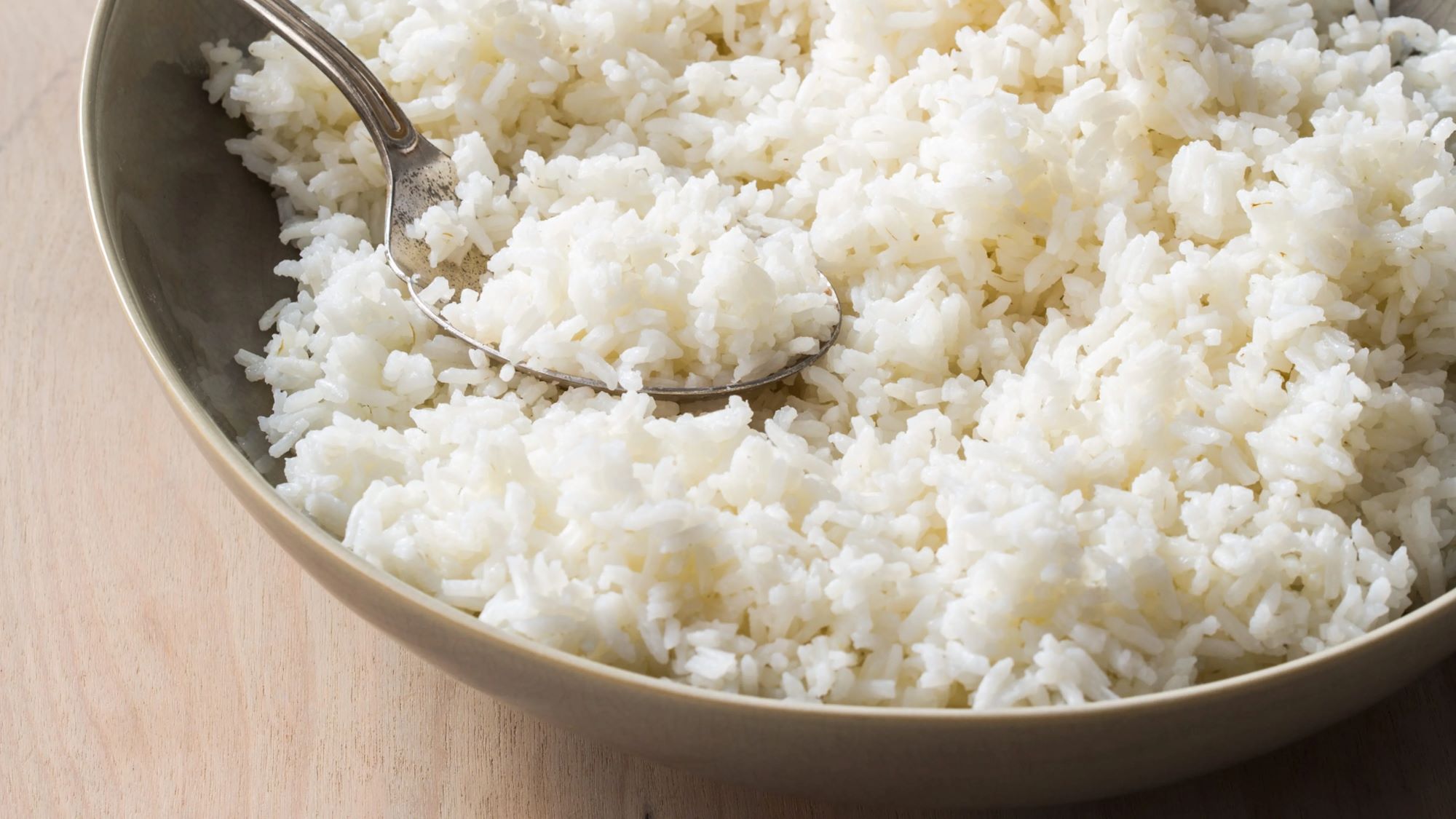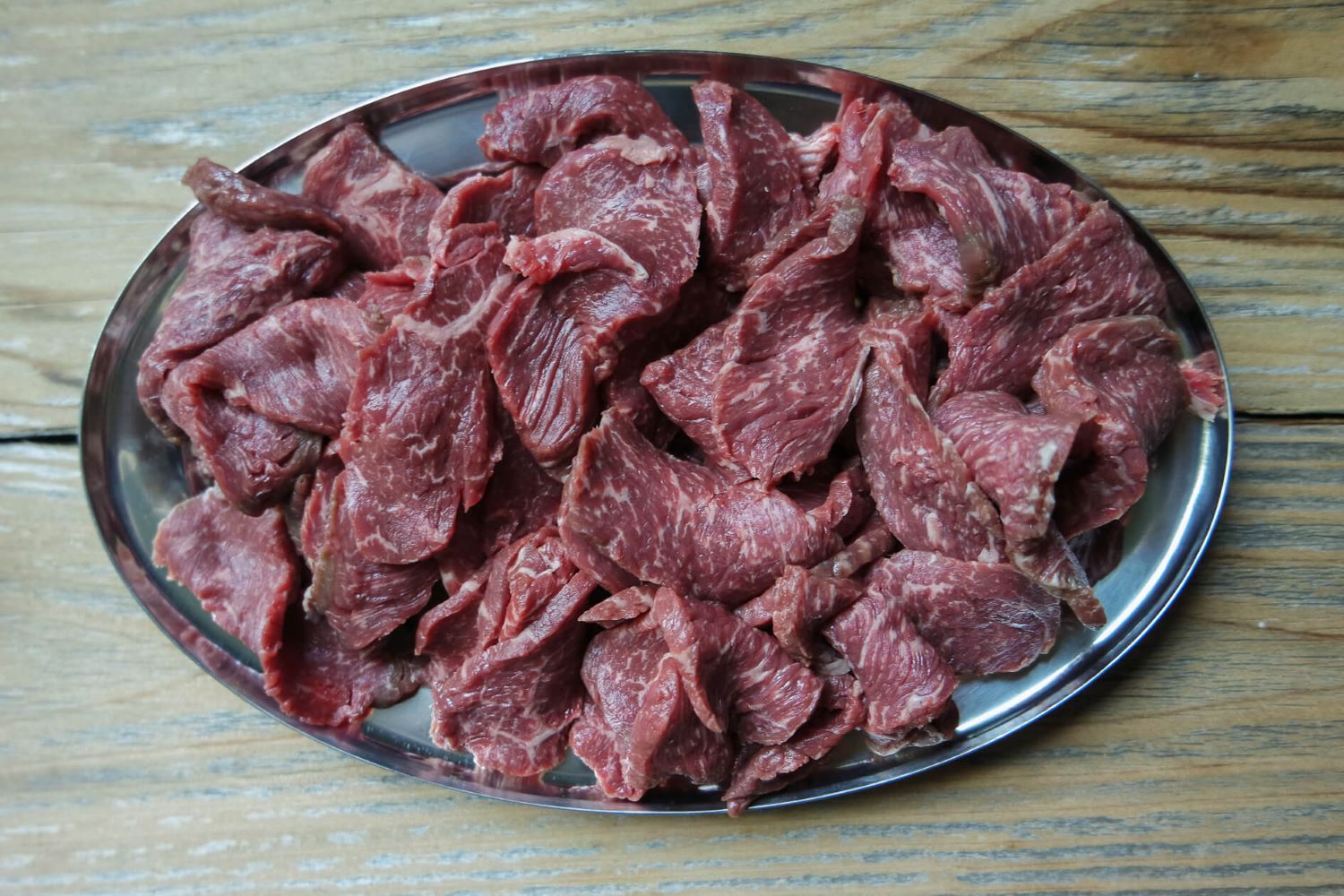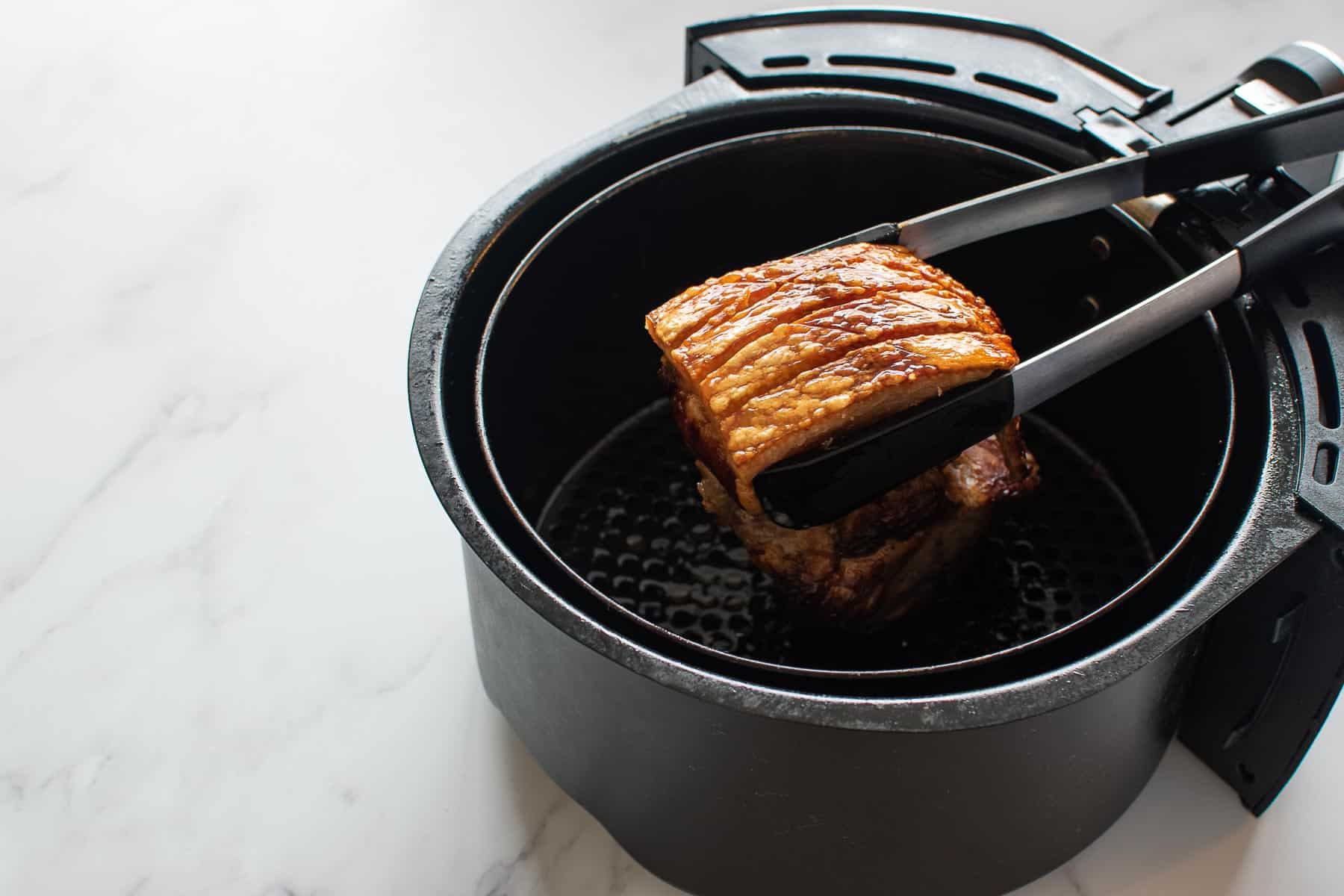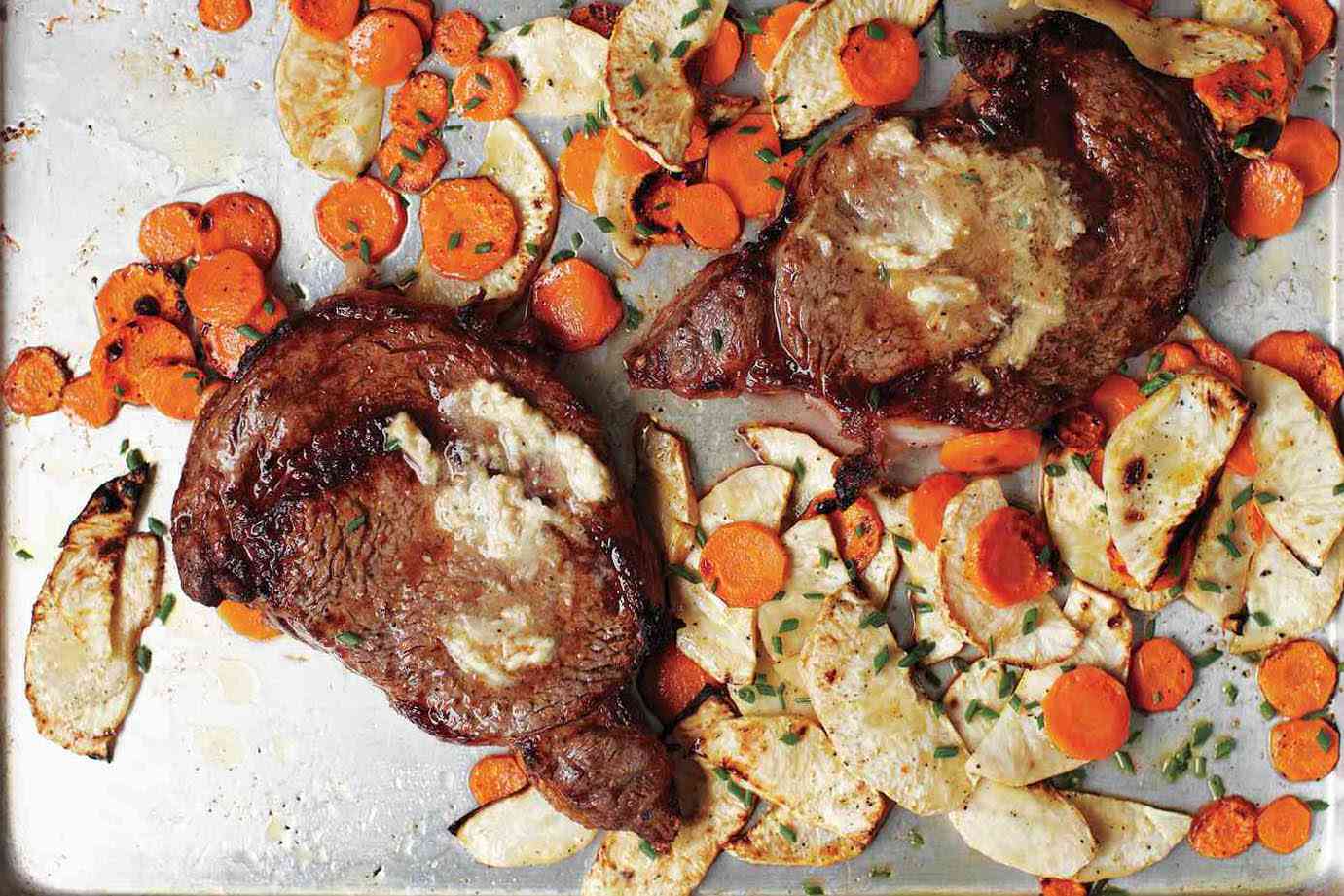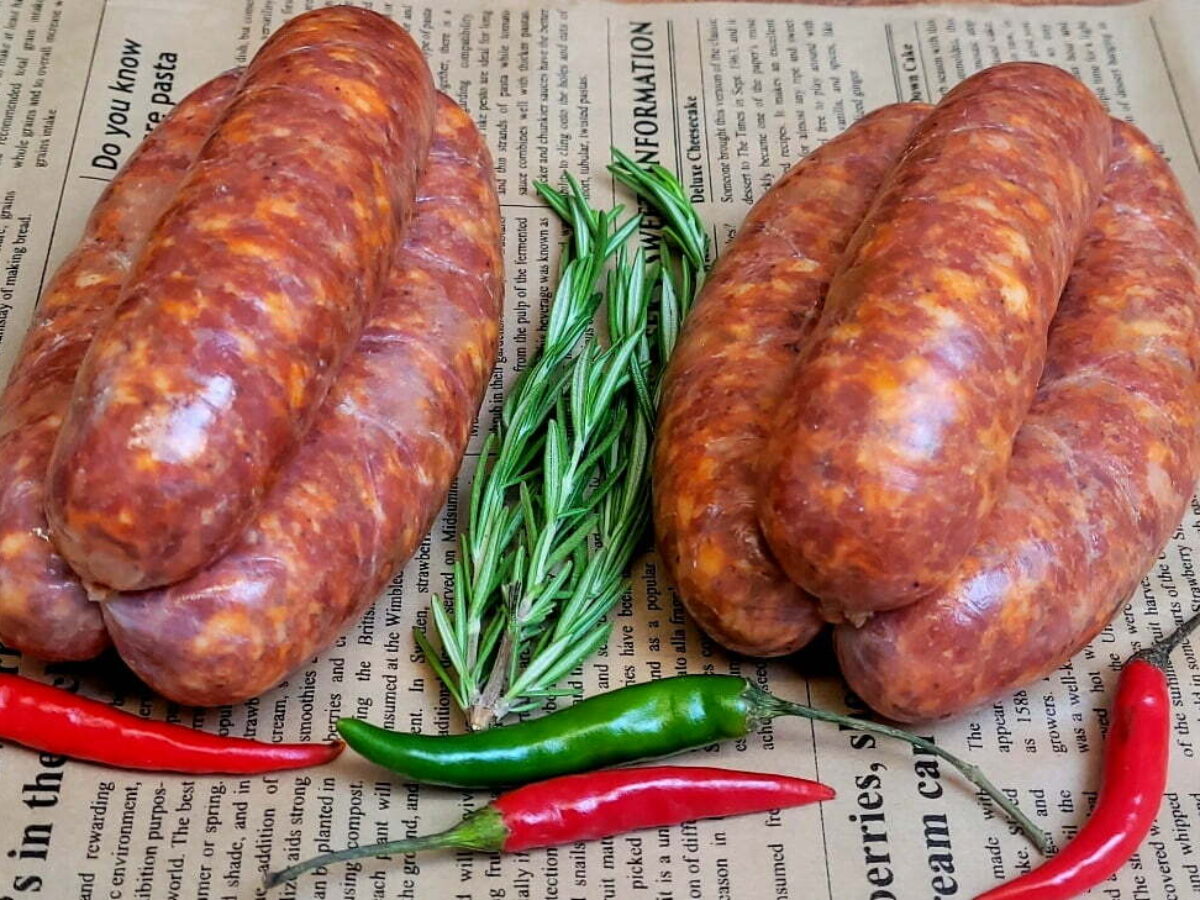Cooking salmon without its skin might seem tricky at first, but it's a simple process that can yield delicious results. Whether you're aiming for a healthier option or just prefer the texture and taste of skinless salmon, mastering this technique will elevate your culinary skills. This guide will walk you through the essentials of preparing and cooking salmon fillets without the skin, ensuring a moist, flavorful dish every time. From choosing the right cut to the perfect cooking methods, you'll discover how easy and rewarding it can be to cook salmon no skin, making it a go-to recipe for any occasion.
Essential Ingredients for Perfect Salmon
- Fresh salmon fillets, skin removed
- Olive oil
- Salt
- Black pepper
- Lemon juice
- Garlic, minced
- Dried dill or fresh dill, chopped
- Paprika (optional for added flavor)
Must-Have Tools for Cooking Salmon
- Non-stick frying pan or skillet
- Spatula
- Paper towels
- Plate
- Knife (for any necessary trimming)
- Cutting board (if trimming is needed)
- Measuring spoons (for seasoning)
- Tongs (optional, for flipping)
For skinless salmon, lightly oil and season both sides. Cook over medium heat in a non-stick pan, 3-4 minutes each side, until golden and flaky. Avoid overcooking to retain moisture.
The Importance of Cooking Salmon Right
Cooking salmon without skin simplifies meal preparation and ensures a uniformly textured dish. This method appeals to those seeking a healthier option, as removing the skin reduces fat content. Additionally, no-skin salmon cooks more evenly, offering a tender, flaky result that enhances the fish's natural flavors.
Opting for skinless salmon also caters to personal preference and dietary restrictions. Some diners find the texture or flavor of the skin unappealing, making skinless the go-to choice. Moreover, it allows for a more versatile use of salmon in dishes, ensuring that every bite is focused on the delicate taste of the fish itself.
Your Ultimate Guide to Cooking Salmon
- Preheat your oven to 375°F (190°C). This ensures even cooking.
- Prepare your baking sheet by lining it with parchment paper or lightly greasing it. This prevents sticking.
- Season the salmon fillet with salt, pepper, and any other desired spices or herbs. Options like dill, garlic powder, or paprika add flavor.
- Place the seasoned salmon, with the side where the skin used to be, down on the prepared baking sheet. This method helps in cooking evenly.
- Bake in the preheated oven for about 12-15 minutes. Cooking time depends on the thickness of the fillet. Salmon is done when it flakes easily with a fork.
- Remove from the oven and let it rest for a few minutes. This step allows juices to redistribute, enhancing flavor and texture.
- Serve immediately after resting. Pair with sides like roasted vegetables, rice, or a fresh salad for a complete meal.
Mastering the Art of Skinless Salmon
Cooking salmon without its skin might seem tricky at first, but with these tips, you're well on your way to creating a delicious meal. Remember, the key to a perfect dish lies in preparation and cooking technique. Opt for fresh salmon, season it to your liking, and choose the right cooking method that suits your taste. Whether you prefer baking, pan-searing, or poaching, each method brings out unique flavors and textures in the salmon. Don't forget to keep an eye on the cooking time to avoid overcooking, as this can lead to dry, less flavorful fish. Experiment with different seasonings and sauces to find your perfect match. With a bit of practice, you'll find that cooking salmon without its skin is not only possible but also incredibly rewarding. Enjoy the journey of discovering your favorite way to enjoy this versatile and healthy fish.
For those diving into the world of skinless salmon, there are several mouthwatering recipes to try. One standout is the Cajun Spiced Skinless Salmon, which packs a punch with its bold flavors. If you're in the mood for something sweet and savory, the Maple Soy Skinless Salmon is a delightful choice. The Mediterranean Style Skinless Salmon offers a refreshing twist with its mix of fresh herbs and spices. For a bit of zest, the Citrus and Herb Skinless Salmon will not disappoint. Finally, the Teriyaki Glazed Skinless Salmon provides a perfect balance of sweet and tangy. These recipes not only showcase the versatility of salmon but also ensure a delicious meal every time.
All Your Questions About Salmon Answered
How do you properly season salmon without the skin?
Seasoning salmon without its skin is a breeze. First off, pat your fish dry with paper towels to ensure the seasonings stick. Then, go wild with your favorite herbs and spices. Think salt, pepper, garlic powder, and maybe a pinch of paprika for that extra kick. Don't forget a drizzle of olive oil to help those flavors cling and to keep the salmon moist while cooking.
What's the best way to cook salmon with no skin?
Pan-searing is your best bet for salmon sans skin. Heat some oil in a non-stick skillet over medium-high heat. Once hot, lay your seasoned fish in the pan and don't move it around; let it cook for about 3-4 minutes on each side. This method seals in the juices, leaving you with a perfectly tender piece of fish.
Can you bake salmon without the skin?
Absolutely! Baking salmon without its skin is not only possible but also delicious. Preheat your oven to 375°F, place your seasoned fish on a lined baking sheet, and pop it in for about 12-15 minutes. The key here is not to overcook it; you're aiming for a flaky, moist texture.
Is it necessary to flip salmon when cooking it in a pan?
Flipping is crucial when pan-searing salmon. It ensures both sides get that golden-brown crust and cook evenly. Just remember, patience is a virtue. Give the fish time to form a crust before you attempt the flip, or you might end up with a broken piece.
How do you keep salmon moist when cooking?
Keeping salmon moist is all about not overcooking it. Whether you're baking or pan-searing, use a meat thermometer to check for doneness. You're aiming for an internal temperature of about 145°F. Also, a little olive oil or butter goes a long way in locking in moisture.
What are some good sides to serve with salmon?
Salmon pairs wonderfully with a variety of sides. For a light meal, consider a fresh salad or steamed vegetables. If you're looking for something heartier, roasted potatoes or a quinoa salad are excellent choices. The mild flavor of salmon makes it versatile enough to match with almost any side dish.
Can leftover salmon be reheated?
Reheating salmon can be tricky, as you don't want to dry it out. The best method is to reheat it gently in the oven at a low temperature, around 275°F, until just warmed through. Covering it with foil can help retain moisture. Remember, it's better to err on the side of under reheating than overdoing it.
Was this page helpful?
Read Next: How To Cook Bone-In Strip Steak
